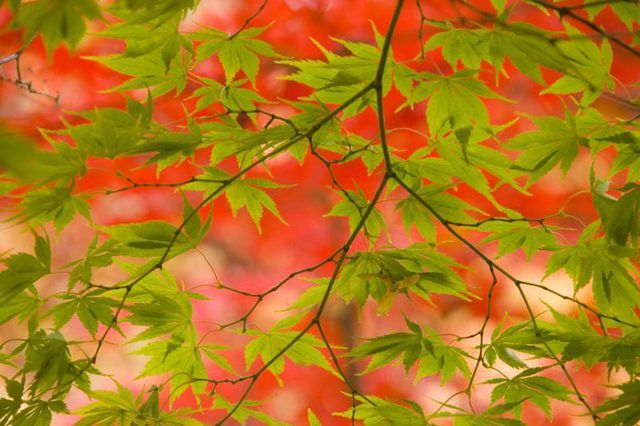Bulbs
Flower Basics
Flower Beds & Specialty Gardens
Flower Garden
Garden Furniture
Garden Gnomes
Garden Seeds
Garden Sheds
Garden Statues
Garden Tools & Supplies
Gardening Basics
Green & Organic
Groundcovers & Vines
Growing Annuals
Growing Basil
Growing Beans
Growing Berries
Growing Blueberries
Growing Cactus
Growing Corn
Growing Cotton
Growing Edibles
Growing Flowers
Growing Garlic
Growing Grapes
Growing Grass
Growing Herbs
Growing Jasmine
Growing Mint
Growing Mushrooms
Orchids
Growing Peanuts
Growing Perennials
Growing Plants
Growing Rosemary
Growing Roses
Growing Strawberries
Growing Sunflowers
Growing Thyme
Growing Tomatoes
Growing Tulips
Growing Vegetables
Herb Basics
Herb Garden
Indoor Growing
Landscaping Basics
Landscaping Patios
Landscaping Plants
Landscaping Shrubs
Landscaping Trees
Landscaping Walks & Pathways
Lawn Basics
Lawn Maintenance
Lawn Mowers
Lawn Ornaments
Lawn Planting
Lawn Tools
Outdoor Growing
Overall Landscape Planning
Pests, Weeds & Problems
Plant Basics
Rock Garden
Rose Garden
Shrubs
Soil
Specialty Gardens
Trees
Vegetable Garden
Yard Maintenance
How to Take Care of a Japanese Maple
How to Take Care of a Japanese Maple. Japanese maple (Acer palmatum) is a compact deciduous tree characterized by fine-textured green- or red-tinged leaves, which turn brilliant shades of yellow, red or orange in the fall. The slow-growing tree grows to about 15 feet in 10 to 15 years, generally reaching a mature height between 8 to 25 feet...

Japanese maple (Acer palmatum) is a compact deciduous tree characterized by fine-textured green- or red-tinged leaves, which turn brilliant shades of yellow, red or orange in the fall. The slow-growing tree grows to about 15 feet in 10 to 15 years, generally reaching a mature height between 8 to 25 feet depending on cultivar. Once planted in the right growing conditions, Japanese maple requires minimal care to produce its attractive canopy.
Dappled Shade Best
A native of China, Korea and Japan, Japanese maple is a temperate tree that may be grown in U.S. Department of Agriculture plant hardiness zones 5 to 8. A location with dappled shade or partial sunlight is best, as foliage is prone to scorch in direct sunlight, particularly during summer dry periods. In overly shady situations, however, growth may be slower. Avoid exposed locations, which offer no protection from strong winds and damaging spring frosts. If planting multiple trees, provide at least 8 feet of space in between plants.
Soil Conditions
Not at all tolerant of drought, Japanese maple must be grown in consistently moist soil in order to thrive. Regular irrigation is especially important for trees grown in sunnier sites and trees grown in USDA zones 7 and 8. A well-draining, slightly acidic soil enhanced with organic matter is ideal. Mulch under the tree canopy with 3 to 4 inches of organic matter such as shredded bark to retain moisture and prevent competitive weeds. Keep mulch several inches away from the trunk. Japanese maples are low-maintenance trees that don't generally require feeding. If your maple is sited in poor soil and you do decide to fertilize, be sure to use a slow-release formula and never use ordinary garden fertilizer, which releases its nutrients into the soil all at once.
Prune Minimally
Japanese maples do not require heavy pruning, and can lose their graceful shape if over-touched. In late summer or early fall, prune crossing branches to maintain an attractive canopy. If the tree is near a walkway or path, prune lower branches to allow clearance. Pruning is best done when the tree is young; established trees should be largely left alone. Avoid pruning in the spring, when the tree secretes a messy sap and photosynthesis and growth can be disrupted.
Watch for Wilt
Japanese maple is susceptible to verticillium wilt, a fungal disease that causes symptoms such as curled, wilted leaves, premature defoliation and branch dieback. Avoid wilt by keeping tree vigorous; drought-stressed trees are more likely to succumb to disease. Use caution when using weed whackers or lawn mowers around the tree, as trunk injury also causes stress. Prune out infected branches, sterilizing equipment afterwards with bleach to avoid transferring the disease to healthy plants. Aphids may occasionally form large colonies in maple trees. Dislodge the pests with a direct stream of water, and avoid the use of broad-spectrum insecticides, which kill beneficial predators.